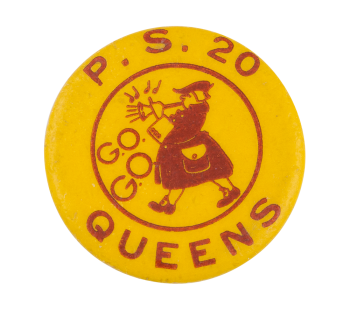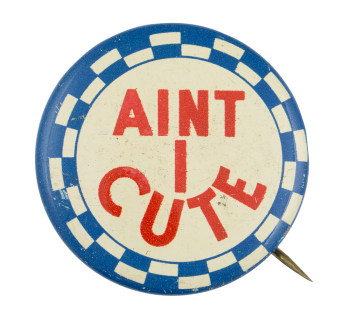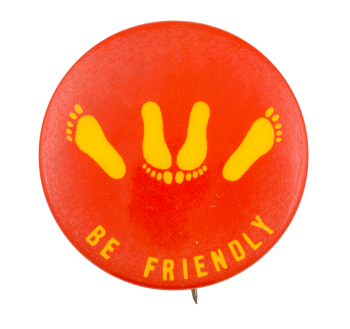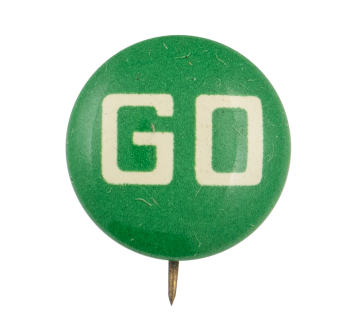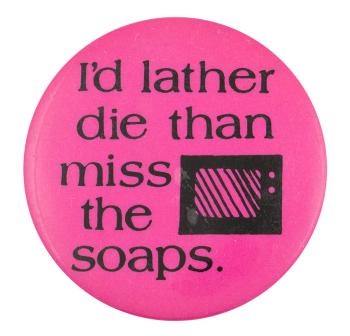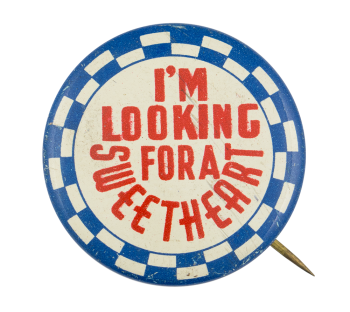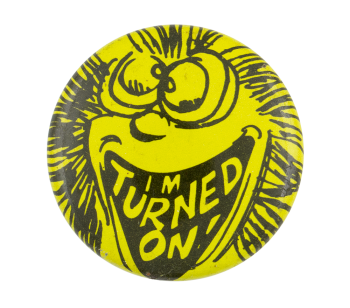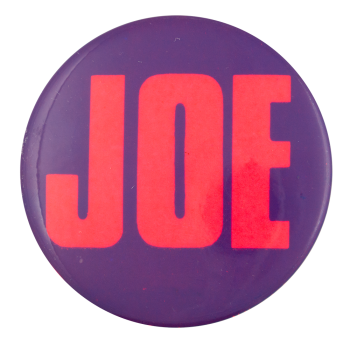Public School 20 Queens G.O.
| Category | |
|---|---|
| Additional Images | |
| Sub Categories | |
| Text on Button | P. S. 20 QUEENS G.O. G.O. |
| Image Description | Red text and an illustration of a person playing a horn wearing a red hat and coat |
| Back Style | |
| The Shape | |
| The Size | |
| Additional Information | Public School 20 John Browne Elementary is a school located in Queens, New York. It appears in newspaper records as early as 1905. One of the most popular clubs was the General Organization (G.O.), a student government club. The school is named after John Browne who was an early advocate for religious freedoms in colonial America. |
| Sources |
Rose breaks record at pastime A.C. games. (1905, January 1). The Brooklyn Citizen, 27(1), p. 2. |
| Catalog ID | CL0479 |

